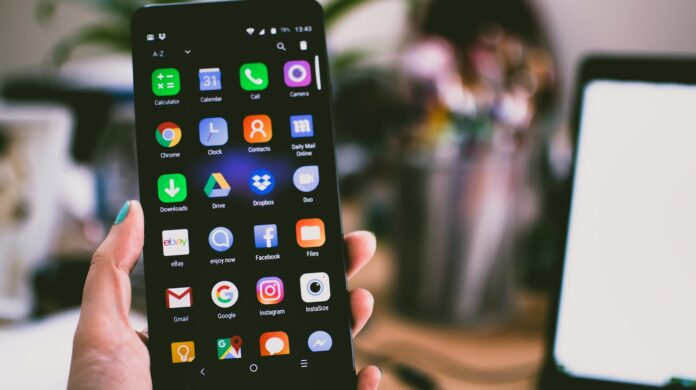Understanding the Marshmallow Update
We’re diving right into the thick of it. The Marshmallow update, for those who aren’t too tech-savvy, is Android’s 6th major operating system. It was released in October 2015 with a bunch of remarkable features that made smartphone usage smoother and more user-friendly.
Let’s take a peek at what we got with this upgrade. One of the standout attributes was Google Now on Tap, which brought contextual information to your fingertips without having to leave an app. We also witnessed enhanced permission controls that allowed users to manage app permissions individually – something that wasn’t possible before.
But there’s more! Doze mode was introduced in this update as well – a clever feature that saved battery life when your device wasn’t being used actively. And how can we forget about the all-new App Standby mode? This helped reduce battery drain by putting seldom-used apps into a reduced activity state.
It wasn’t all just about power management and ease of use though. There were some subtle improvements too like easy word selection and floating clipboard toolbar for improved copy-pasting experience, along with native support for fingerprint recognition.
Now you might be wondering, “When will Verizon get this Marshmallow?” Well, let’s keep our fingers crossed and hope for the best while we patiently wait for Verizon to roll out their schedule.
- Key Features introduced in Marshmallow:
- Google Now on Tap
- Enhanced Permission Controls
- Doze Mode
- App Standby Mode
- Simplified Copy-Paste functions
- Native Fingerprint Recognition

Verizon’s History with Android Updates
When we think about the early days of Android, it’s hard not to remember Verizon’s integral role. They were one of the first carriers to jump on board and support this new operating system. Together with Motorola, they launched the iconic Droid series, bringing Android into millions of homes across America.
Over time however, we’ve seen a shift in Verizon’s approach to updates. It wasn’t always smooth sailing for their customers waiting for the latest version of Android. There’ve been instances where an update rollout was slower than expected, leaving many users frustrated.
Take Marshmallow for example – while other carriers like Sprint and T-Mobile rolled out Marshmallow updates swiftly after Google released it; Verizon lagged behind by several months. This led to a wave of customer complaints and negative press coverage.
Remember though that while speed matters, so does quality and stability. An update might take longer because Verizon is ensuring everything works perfectly before releasing it into the wild. This way they can avoid potential software issues that could lead to even more customer dissatisfaction down the line.
When Will Verizon Get Marshmallow
We’ve been hearing buzz about the Marshmallow update for some time now. There’s a lot of speculation surrounding when Verizon will finally roll out Android Marshmallow to its users. We’re here to break down those rumors and give you our take on what we think is happening behind the scenes.
So why would there be a delay? Well, each party has their own set of priorities. Google might be focused on rolling out new features while manufacturers could be juggling multiple device updates at once. And let’s not forget about Verizon – with its large customer base, they need to ensure that an update won’t cause widespread issues. Here are some factors that could influence when we’ll see Marshmallow on our Verizon devices:
- Device Age: Older devices may take longer to receive updates due to compatibility issues or lack of support from manufacturers.
- Device Popularity: Popular models often get priority because more people are affected by potential bugs or missing features.
- Testing Time: Each update needs thorough testing before release – this can add weeks or even months onto an expected rollout date.
While we don’t have a definitive answer yet, it’s clear that there’s plenty going on behind closed doors. We hope this gives you a better understanding of what goes into these major software updates and why delays can happen. As always, we’ll keep you posted as soon as we hear anything concrete!


